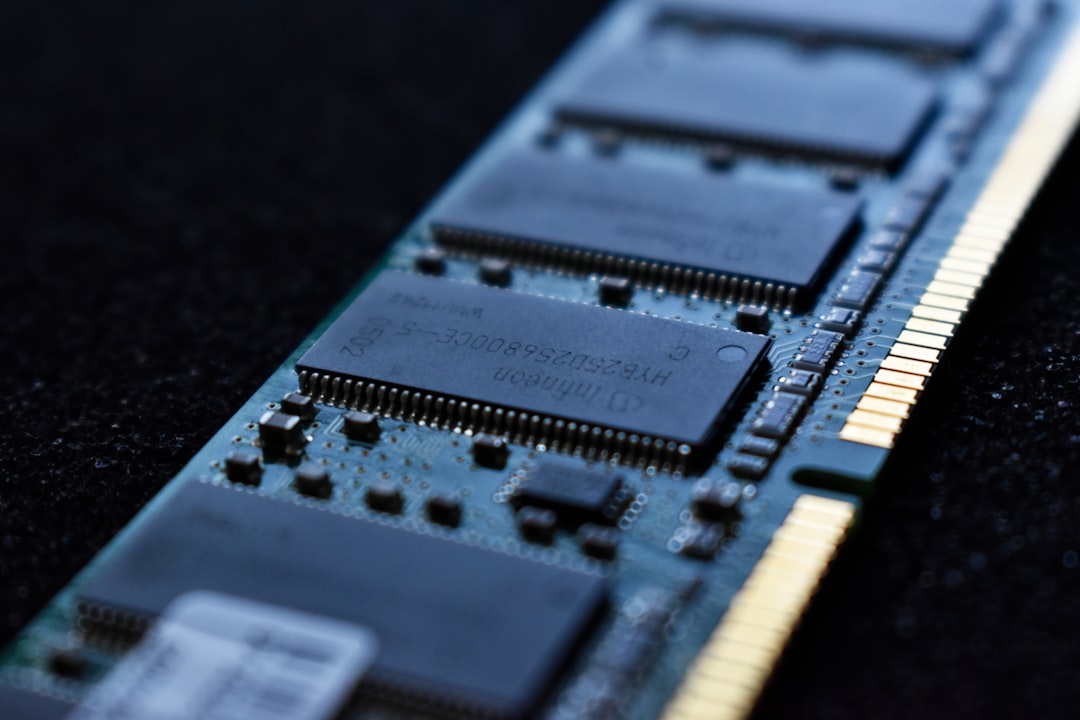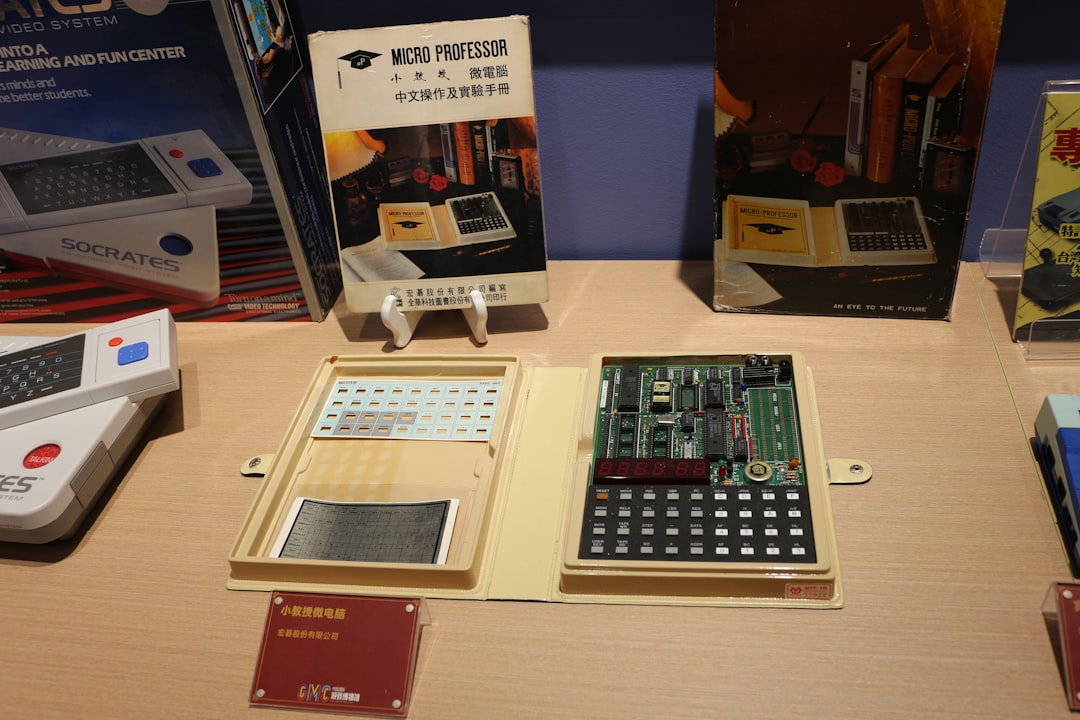The evolution of ARM processors has significantly influenced performance trajectories in mobile and embedded devices. Among the most prominent entries in ARM’s processor lineup are the Cortex-A32 and Cortex-A35 cores. These two cores represent ARM’s ongoing effort to deliver balance in power efficiency, performance, and die size for a wide array of applications ranging from IoT devices to entry-level smartphones. Understanding how the Cortex-A35 improves upon the Cortex-A32 is essential for designers and developers looking to optimize hardware platforms for performance or efficiency. This article explores in detail the performance gains offered by the A35, comparing it directly to its predecessor, the A32.
Architectural Background: Cortex-A32 vs Cortex-A35
Both the Cortex-A32 and Cortex-A35 are based on ARM’s ARMv8-A architecture, but serve different needs and target different classes of devices. The A32 is essentially a continuation of the Cortex-A7, focused mainly on 32-bit-only execution. In contrast, the A35 is designed as a more flexible, forward-looking core that supports both 32-bit and 64-bit processing. This dual support makes the A35 better suited for modern application requirements, especially as 64-bit becomes standard.
Key architectural features:
- Cortex-A32: 32-bit only, ultra-efficient, small die size
- Cortex-A35: 32-bit and 64-bit capable, increased performance, slightly larger die size
While both cores are in-order processors and focus on energy efficiency rather than raw power, several improvements in the A35 design bring noticeable performance gains over the A32.
Key Performance Enhancements in the Cortex-A35
The Cortex-A35 core introduces several improvements that, while modest in isolation, together amount to a significant step forward in performance and versatility compared to the Cortex-A32.
- Instruction throughput improvements: The Cortex-A35 features optimized instruction pipelines and branch prediction algorithms, resulting in better processing capabilities and fewer pipeline stalls.
- Memory access enhancements: A more advanced memory subsystem in the A35 allows for faster access to RAM and cache, enabling more efficient multitasking and data handling.
- Extended SIMD support: The A35 includes support for NEON and other SIMD operations, offering up to 20% performance improvements in multimedia and signal processing workloads.

As a result of these architectural and implementation optimizations, the Cortex-A35 provides a better balance of efficiency and performance, making it truly “next-generation” compared to the A32. According to ARM’s own benchmarks, the Cortex-A35 can deliver up to 20% more performance compared to the Cortex-A32 at the same frequency, and this number rises when comparing performance per watt.
Benchmarks and Real-World Testing
To understand performance gain more concretely, let’s consider synthetic and real-world benchmark comparisons. In most commonly used reference workloads, the Cortex-A35 outperforms the Cortex-A32 in categories including integer processing, floating-point operations, and power efficiency.
Synthetic benchmark results:
- SPECint2000: Cortex-A35 scores 15–25% higher depending on the optimization flags used.
- Dhrystone MIPS: Up to 22% better performance in cycles-per-instruction than the A32.
- CoreMark: A measured 18% improvement on average across multiple test cases under similar clock speeds.
Real-world application benchmarks include:
- Web browsing scenarios: A35 provides smoother browser rendering and quicker page downloads with consistent frame rates.
- Multimedia playback: Enhanced performance with hardware NEON acceleration results in reduced CPU utilization and higher energy efficiency.
- IoT Gateway tasks: Improved threading and memory handling results in faster data processing with fewer CPU cycles used.

Energy Efficiency Considerations
In embedded and portable systems, performance gains must be balanced with energy usage. One of the most notable aspects of the A35 compared to the A32 is that it improves performance without a substantial increase in power consumption. In fact, due to design optimizations, the Cortex-A35 is known to deliver around 10% better performance-per-watt when run under the same thermal constraints.
These power efficiency gains come from:
- Smarter branch prediction and prefetching logic, reducing wasted cycles
- New clock and power gating mechanisms that allow idle portions of the chip to enter low-power states more quickly
- Optimized instruction scheduling that improves cache hit rates and lowers main memory dependency
For mobile or off-grid applications, such as remote IoT sensors or devices with limited battery capacity, these improvements can translate into significantly longer operational lifespans per charge.
Cost vs Performance Tradeoffs
While the Cortex-A35 undoubtedly provides a higher level of performance and feature set than the A32, it is not always a straightforward upgrade. There are inherent trade-offs, particularly in silicon area and complexity.
Comparison table on die cost:
| Attribute | Cortex-A32 | Cortex-A35 |
|---|---|---|
| Transistor Count | Low | Moderate |
| Die Size | ~0.3 mm2 | ~0.5 mm2 |
| Performance | Baseline | +20% on average |
| Power Efficiency | Very High | High |
| 64-bit Support | No | Yes |
For applications where ultra-compact size and maximum simplicity outweigh the benefits of 64-bit support or enhanced performance, the A32 may still be the preferred choice. However, with the industry’s gradual transition to 64-bit architectures even in low-cost devices, the A35’s future-proofing advantage is increasingly relevant.
Use Cases and Industry Adoption
The Cortex-A32 is often found in:
- Industrial control units
- Basic smart appliances
- Automotive infotainment MCUs with limited complexity
The Cortex-A35 has been adopted in a broader range of applications due to its balance of power and performance:
- Entry-level smartphones and tablets
- Wearable technology platforms
- Smart home gateways and hubs
- Thin clients and low-end Linux devices

Conclusion
In conclusion, the move from Cortex-A32 to Cortex-A35 delivers a measurable and meaningful boost in performance — typically around 20% or more — while maintaining a high level of energy efficiency. The A35’s support for both 32-bit and 64-bit execution in a compact design enables developers to target modern applications without major trade-offs in cost or power use.
While the A32 continues to serve niche markets that demand ultra-low power and minimal complexity, the Cortex-A35 represents a more versatile and performance-oriented core, making it a better fit for most contemporary embedded and mobile computing scenarios. The performance gains, combined with extended architectural support, make it a strategic upgrade path in ARM’s efficiency-focused core lineup.
